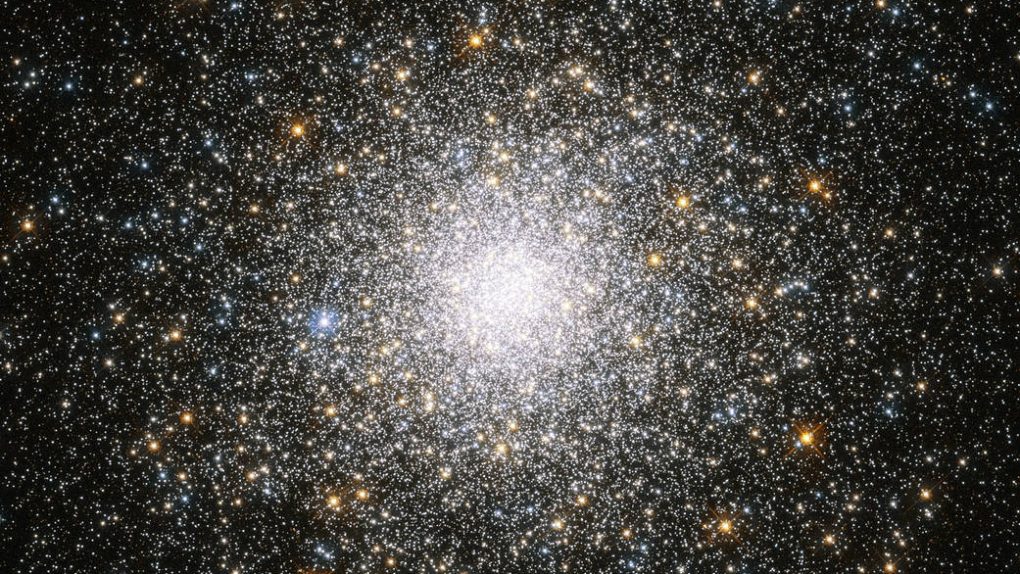In our solar system, each planet has a reasonably well-defined and mostly circular path that it follows around the Sun. This, astronomers think, is true of many other star systems. But as with anything, in the vastness of the universe, there are bound to be outliers. The distant gas giant exoplanet known as HR 5183 b is one such outlier.
Unlike any planets in our own system, HR 5183 b’s orbit around its host star is stretched to the extreme. Rather than being shaped like a circle, it’s shaped like a long, narrow egg, and this extreme eccentricity is making scientists question just how it came to be in the first place.
The idea of a planet orbiting in such a way is completely foreign to us here on Earth, but if the planet was orbiting our own Sun in the same way, it would swing itself close enough to the Sun to come within Jupiter’s orbit and then travel all the way back out past Neptune’s orbit before returning. It takes somewhere between 45 and 100 Earth years to complete a single loop, and explaining how this bizarre orbit originated has left researchers scratching their heads.
“This planet is unlike the planets in our solar system, but more than that, it is unlike any other exoplanets we have discovered so far,” Sarah Blunt, first author of a new paper on the planet published in The Astronomical Journal, said in a statement. “Other planets detected far away from their stars tend to have very low eccentricities, meaning that their orbits are more circular. The fact that this planet has such a high eccentricity speaks to some difference in the way that it either formed or evolved relative to the other planets.”
The best guess scientists can muster at the moment is that HR 5183 b had a run-in with a fellow planet orbiting the same star. When the two worlds got too close for comfort, they may have pushed each other, forcing HR 5183 b into the elongated orbit we see today.








